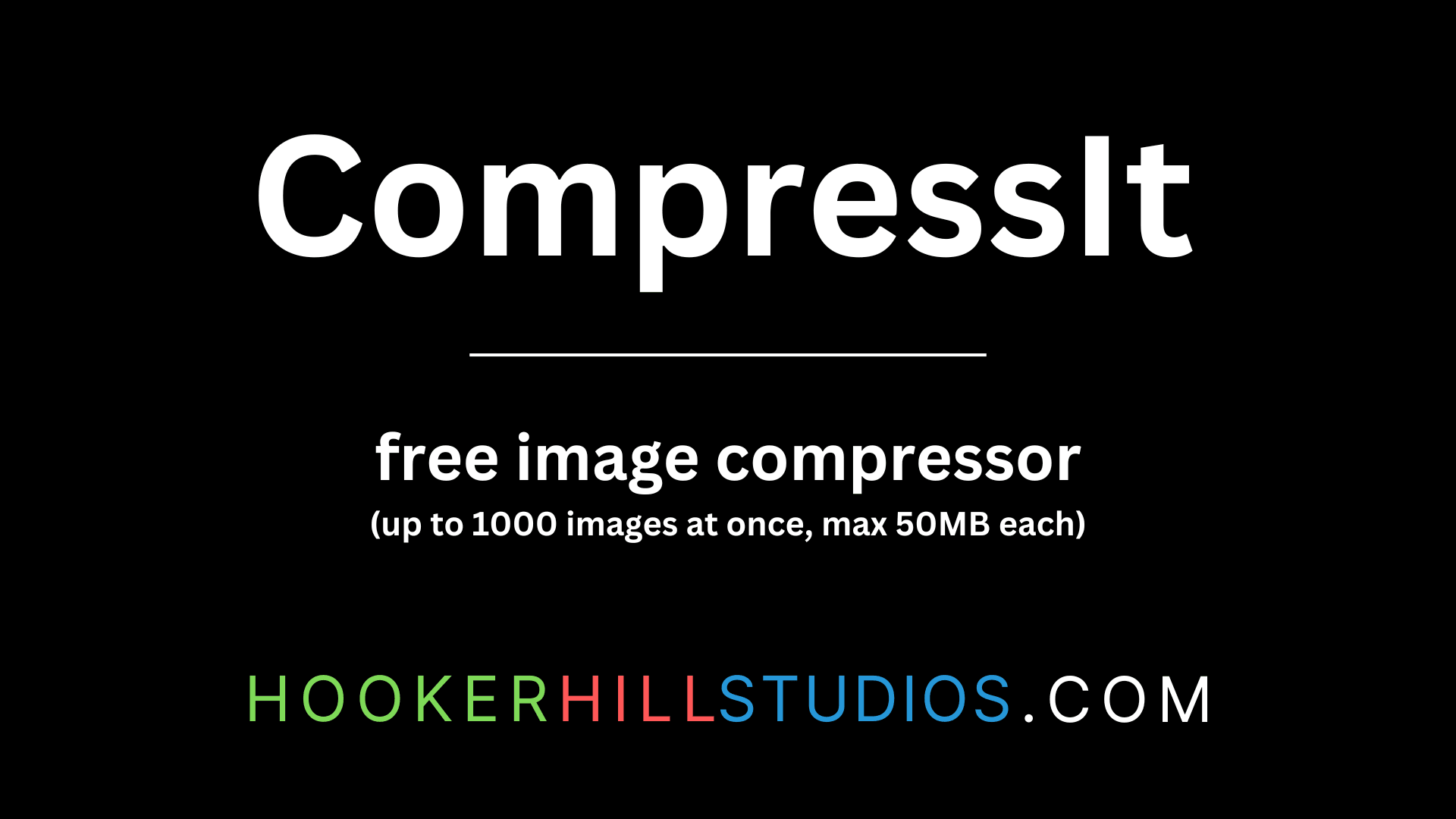Mastering the MERN Stack: Build Scalable Web Apps with MongoDB, Express, React, and Node.js

Mastering the MERN Stack: A Comprehensive Guide to MongoDB, Express, React, and Node.js
In the dynamic world of web development, choosing the right stack is crucial for building robust, scalable applications. One such popular stack is the MERN stack, which combines MongoDB, Express.js, React, and Node.js. This article dives deep into each component, their interactions, advantages, and resources to get you started.
What is the MERN Stack?
The MERN stack is a full-stack JavaScript solution used for building modern web applications. It comprises four main technologies:
- MongoDB:
A NoSQL database that stores data in JSON-like documents, offering flexibility and scalability.
MongoDB’s sharding architecture allows it to scale horizontally by distributing data across multiple servers.
- Express.js:
A backend framework for Node.js, providing a set of features for building web and mobile applications.
Express.js is one of the most popular Node.js frameworks due to its minimalism and flexibility.
- React:
A JavaScript library for building user interfaces, developed by Facebook. It enables building reusable UI components.
React was developed by Facebook to manage its newsfeed in 2011. React’s virtual DOM ensures efficient updates by comparing changes and minimizing DOM manipulations.
- Node.js:
A JavaScript runtime environment that executes server-side code, allowing you to build scalable network applications.
Node.js introduced server-side JavaScript, unifying frontend and backend development.
advertisement
Detailed Overview of Each Component
- MongoDB
MongoDB is a document-oriented database that stores data in flexible, JSON-like documents. Key features include:
-
Schema-less: MongoDB does not require a predefined schema, allowing for agile and flexible development.
-
Scalability: It supports horizontal scaling through sharding, distributing data across multiple servers.
-
Querying: MongoDB uses a rich query language with support for CRUD operations (Create, Read, Update, Delete).
- Express.js
Express.js is a minimal and flexible Node.js web application framework that provides a robust set of features for web and mobile applications:
-
Routing: Defines routes via HTTP methods (GET, POST, PUT, DELETE) to handle requests and responses.
-
Middleware: Middleware functions are used to execute code, modify request and response objects, and end the request-response cycle.
-
Template Engines: Supports integration with template engines like Pug and EJS for server-side rendering.
- React
React is a declarative, efficient, and flexible JavaScript library for building user interfaces. Key features include:
-
Component-Based: UIs are composed of reusable components that manage their own state.
-
Virtual DOM: React creates an in-memory representation of the UI, which syncs with the real DOM for efficient updates.
-
JSX: JSX is a syntax extension for JavaScript, allowing HTML to be written within JavaScript code.
- Node.js
Node.js is a server-side runtime environment built on Chrome's V8 JavaScript engine. It allows JavaScript to be used for server-side scripting:
-
Event-Driven: Asynchronous, non-blocking I/O model for handling multiple requests concurrently.
-
Modules: Node.js uses modules to organize code into reusable pieces.
-
Package Ecosystem: npm (Node Package Manager) hosts over a million packages of reusable code.
MERN Stack Architecture
The MERN stack architecture typically follows a structure where Node.js with Express.js serves as the backend API layer interacting with MongoDB, while React handles the frontend user interface. Here’s how they interact:
-
Frontend (React): Fetches data from the backend API via HTTP requests.
-
Backend (Node.js with Express): Handles business logic, data storage/retrieval, and responds to frontend requests.
-
Database (MongoDB): Stores application data in JSON format, making it accessible via the backend API.
advertisement
Advantages of Using the MERN Stack
-
Single Language: Entire stack (both frontend and backend) is written in JavaScript.
-
Flexibility and Scalability: MongoDB’s flexible schema and Node.js’ non-blocking I/O model allow for scalable applications.
-
Rich Ecosystem: Large community support, extensive libraries, and reusable components (React) accelerate development.
-
Real-Time Web Applications: Easily implement real-time features using WebSockets or libraries like Socket.io.
FAQ
Is the MERN stack suitable for large-scale applications?
Yes, MERN stack applications can scale horizontally and vertically due to Node.js’ non-blocking I/O and MongoDB’s sharding capabilities.
How can I secure my MERN stack application?
Implement best practices such as using HTTPS, input validation, secure authentication (JWT tokens), and protecting against common attacks (XSS, CSRF).
Can I use a different database with the MERN stack?
Yes, while MongoDB is commonly used, you can substitute it with other databases like PostgreSQL, MySQL, or even a GraphQL backend.
How does React handle SEO?
React applications can be made SEO-friendly using server-side rendering (SSR) with libraries like Next.js or by pre-rendering static pages.
What are some alternatives to Express.js in the MERN stack?
Alternatives include Koa.js, Hapi.js, or building your own middleware with vanilla Node.js HTTP modules.
Resources
- MongoDB: https://docs.mongodb.com/
- Express.js: https://expressjs.com/
- React: https://reactjs.org/
- Node.js: https://nodejs.org/en/docs/
More JavaScript Articles
-
Embracing JavaScript: Unveiling the Strengths Beyond Traditional Languages
-
Create a Customizable and Reusable React Hook for Using Local Storage: A Step-by-Step Tutorial
-
Comparing Modern JavaScript Frameworks: React, Angular, and Vue in 2024
Conclusion
The MERN stack offers a powerful, versatile environment for building modern web applications. By leveraging MongoDB’s flexibility, Express.js’ robustness, React’s reusability, and Node.js’ scalability, developers can create efficient, scalable, and feature-rich applications. Whether you’re a beginner or an experienced developer, mastering the MERN stack opens doors to building cutting-edge web solutions.
About the Author

Hi, I'm Jared Hooker, and I have been passionate about coding since I was 13 years old. My journey began with creating mods for iconic games like Morrowind and Rise of Nations, where I discovered the thrill of bringing my ideas to life through programming.
Over the years, my love for coding evolved, and I pursued a career in software development. Today, I am the founder of Hooker Hill Studios, where I specialize in web and mobile development. My goal is to help businesses and individuals transform their ideas into innovative digital products.
Read Recent Articles
Recent Articles
View All
CompressIt - Fast & Efficient Image Compression Tool for Web Optimization
December 02, 2024




to join the conversation